Your cart is currently empty!
Category: Art
-
What is Kabuki / JAPAN in Short
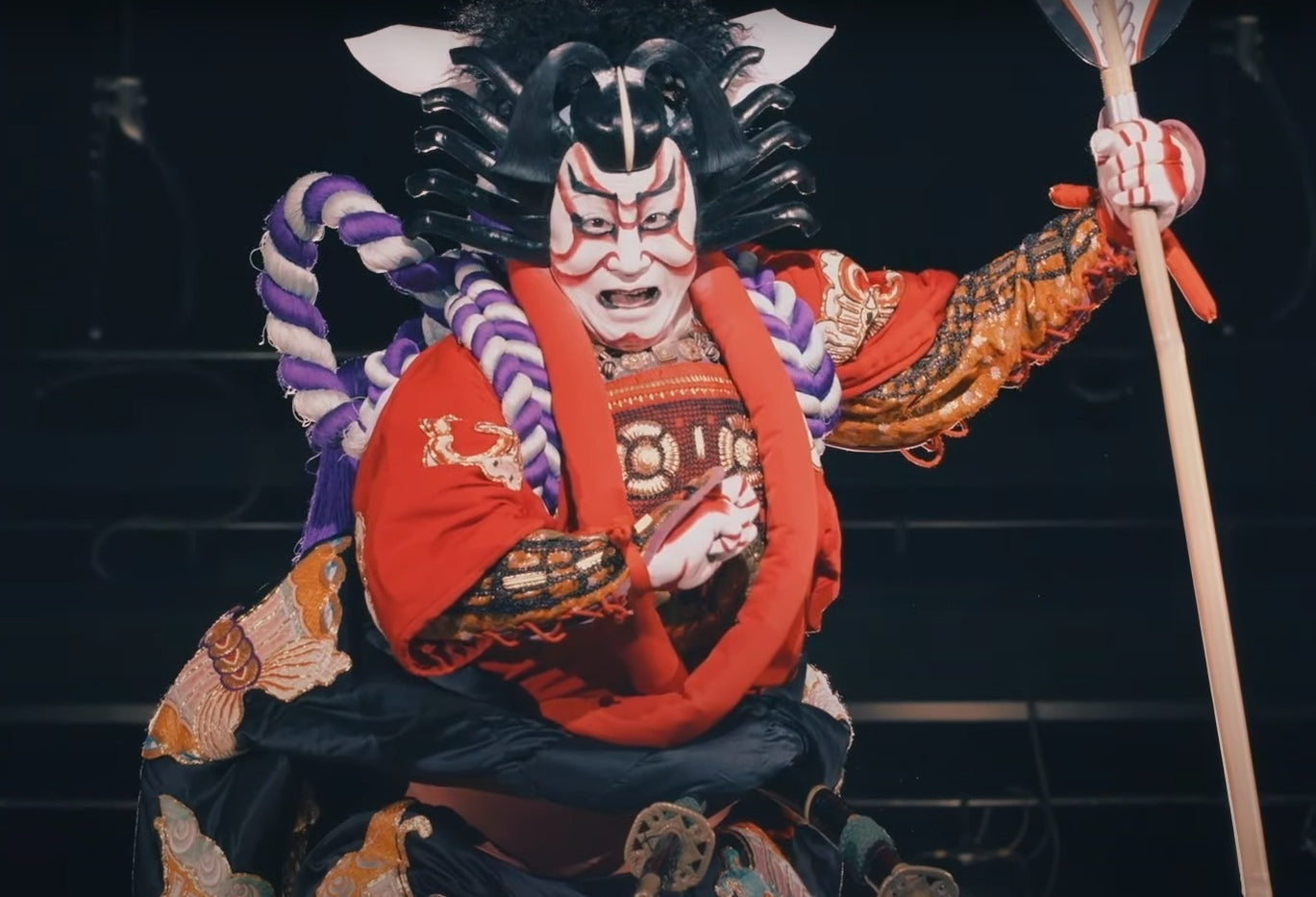
Kabuki (歌舞伎) is believed to have originated in the early Edo period, where Izumo no Okuni , a shrine maiden, developed a new style of dramatic dance and formed an all-female dance troupe in the Kyoto area. The dancers played both the female and male roles, representing comical situations from everyday life. The style became… Read more
-
Why are kimonos so expensive?
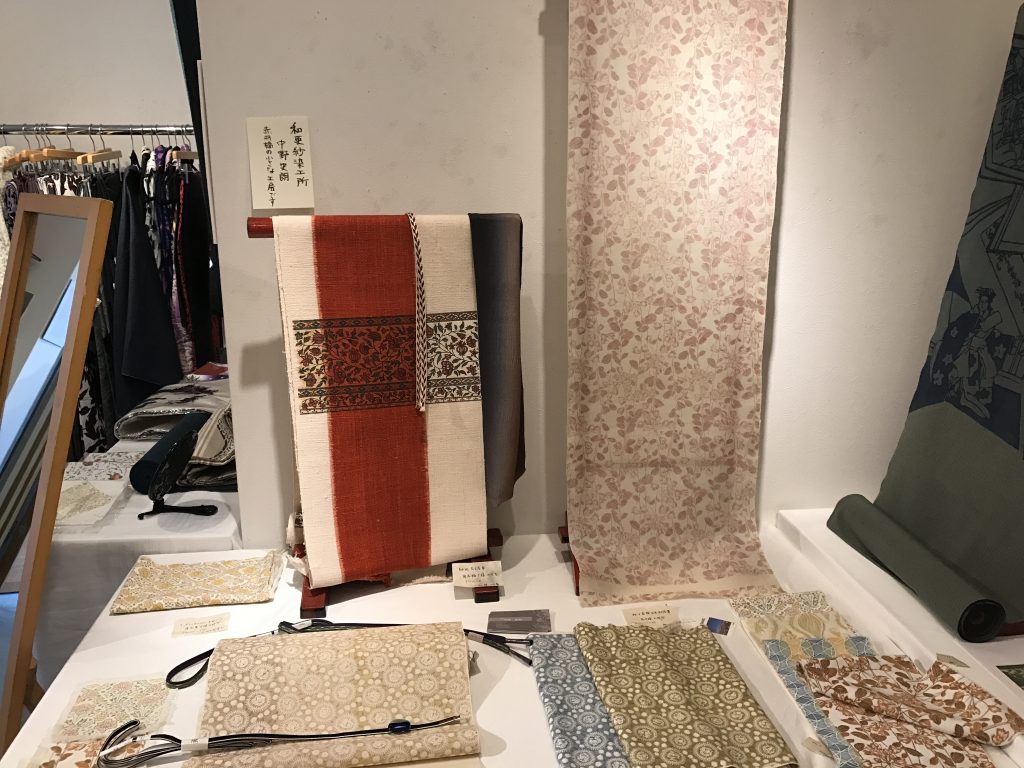
A question I frequently receive is “Why are Kimonos so expensive?” One day I tried to ask my Japanese students the same question in kimono class, and one of the students replied, “Because they are hand-sewn.” At least he thought about the answer, and the answer he gave is not entirely wrong. In most cases… Read more
-
Tribute to the resistance of the Tohoku Region during the HIBIYA FESTIVAL 2021
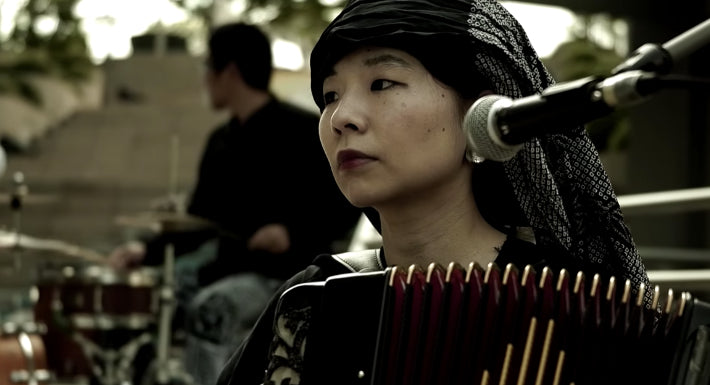
Festivals are a very important part of Japanese culture. They’re a day of celebration for just about every reason you can think of, and because they’re spread out over the year, there’s always one on our “must go” list. Unfortunately, COVID-19 has made it very difficult to hold the festivals, and although we are unable… Read more
-
Modern Yokai according to Sakyu, Japanese artist and illustrator
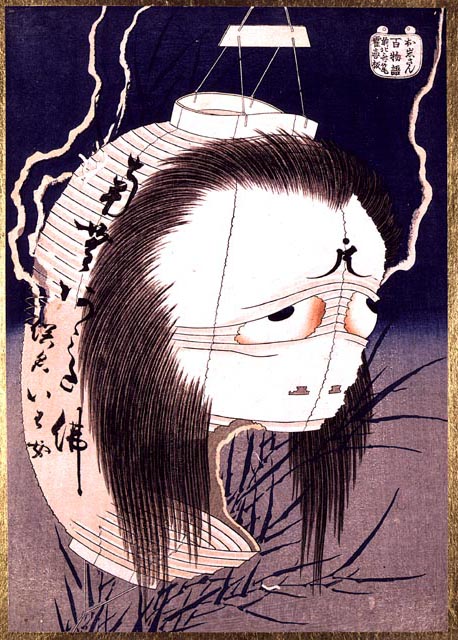
Yōkai 妖怪 are supernatural entities and spirits from Japanese folklore that are deeply tied to the Japanese animist belief that spirits inhabit all things, whether living or not. The yōkai can take on humanoid characteristics such as the zashiki-warashi , animal characteristics such as the kappa (imp or water goblin) or Amabie , who fights the… Read more
-
OIMATSU – The Paradise of Traditional Japanese Sweets
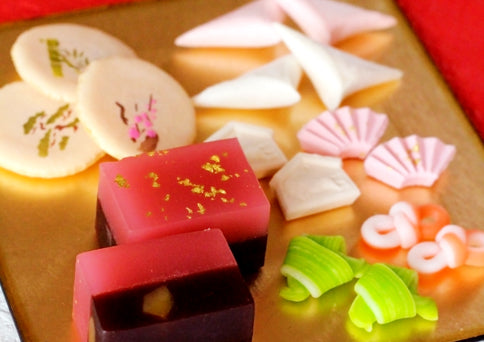
Do you like traditional Japanese sweets or would you like to try them at their maximum exposure of flavor and art? So, you can’t miss “Oimatsu”, a business specialized in these! You will be able to find an excellent variety of Japanese sweets, beautiful to look at and delicious to taste! “Kyo-gashi” are a type… Read more
-
Kōdō – Path of Fragrance
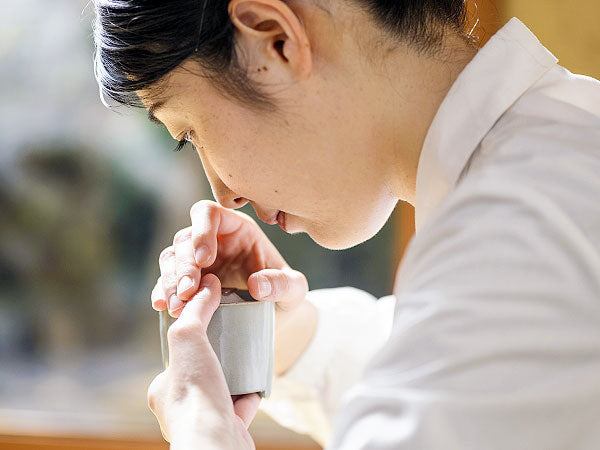
“A piece of wood floating on the water washed up on the shores near Awaji Island in the third year of the Suiko Era (595 AD). When the islanders lit a fire with this wood, an indescribable fragrance rose into the air. and the islanders were amazed. The wood they had burned was brought to… Read more
-
Kakushin Nishihara Explores Sound Expression with Traditional Japanese Biwa
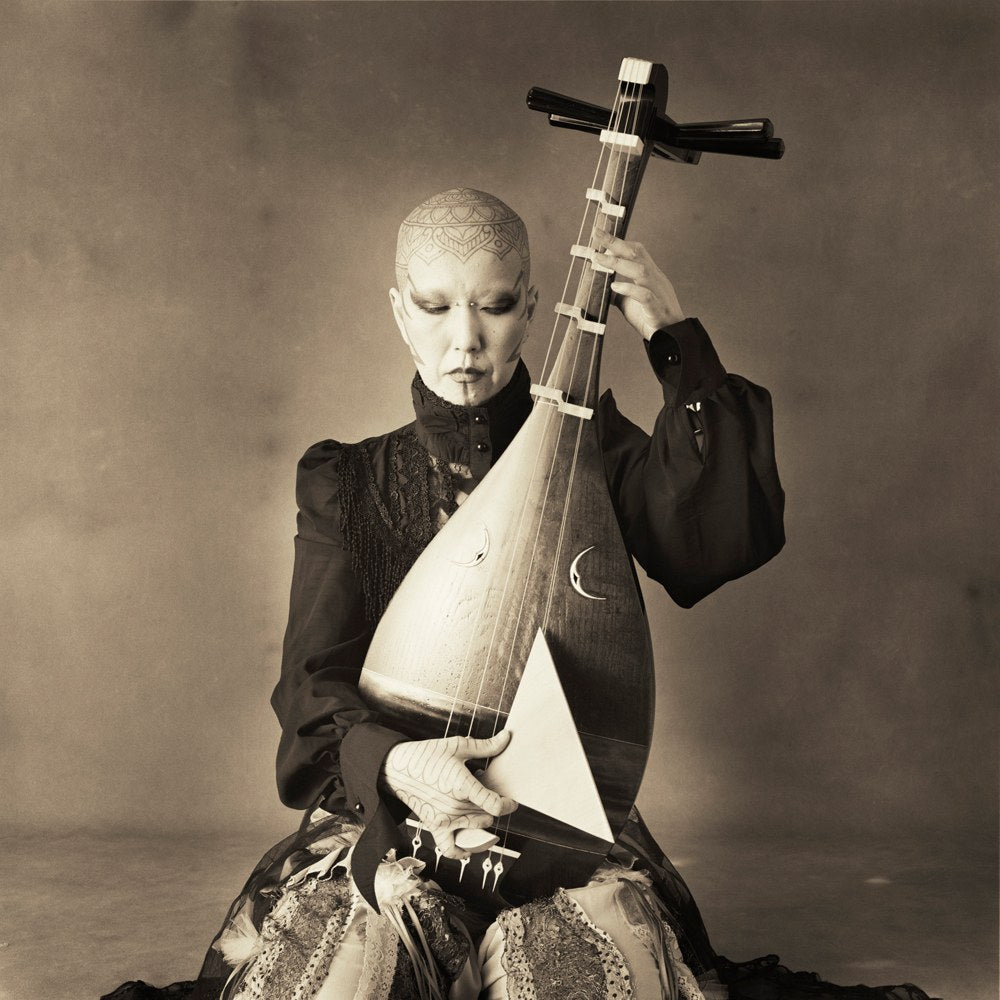
The more you get to know Japan, the more likely you are to realize that many of the things you are familiar with in other countries also exist here, but with very particular, even unique variants. This is the case in fashion, food, family life, art, and without a doubt, music! After a few weekends… Read more
-
Belief in the “power of storytelling” drives Haruki Murakami

Japanese writer Murakami Haruki (村上 春樹), whose latest work (The Death of the Commander) explores new territory such as rebirth and family, says he believes in the power of storytelling . ” The Death of the Commander “, a novel published in Japanese in two parts, has a forward-moving story, multi-layered themes and luxurious images.… Read more
-
Ukiyo-e / Images of an ephemeral world
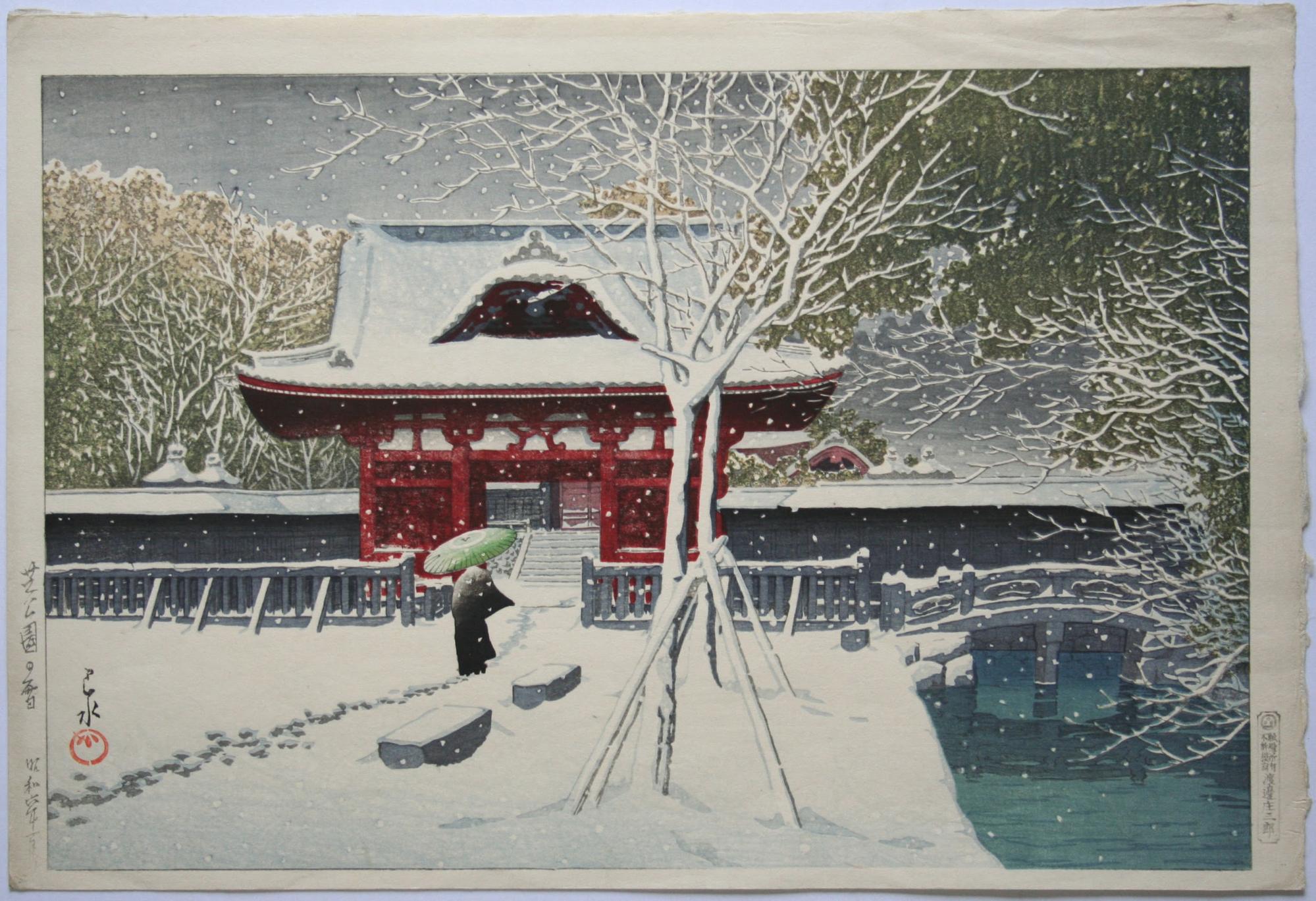
Ukiyo-e is the Japanese art of stamping paint onto wooden boards that originated in the late 16th century. Ukiyo-e can be translated as “images of the floating or ephemeral” or “melancholic world”, since the artist was said to capture transient (floating) activities, but that they were charming to look at. This art was very popular… Read more
-
Temari / Japanese Embroidered Spheres

Temari (手まり), from Japanese for “hand ball”, is a handicraft from Japan that arrived from China around the 7th century. They are made of embroidered threads with very elegant colors and designs. The Temari were made with the material left over from kimono making. Pieces of silk cloth would be put into a ball, and… Read more
